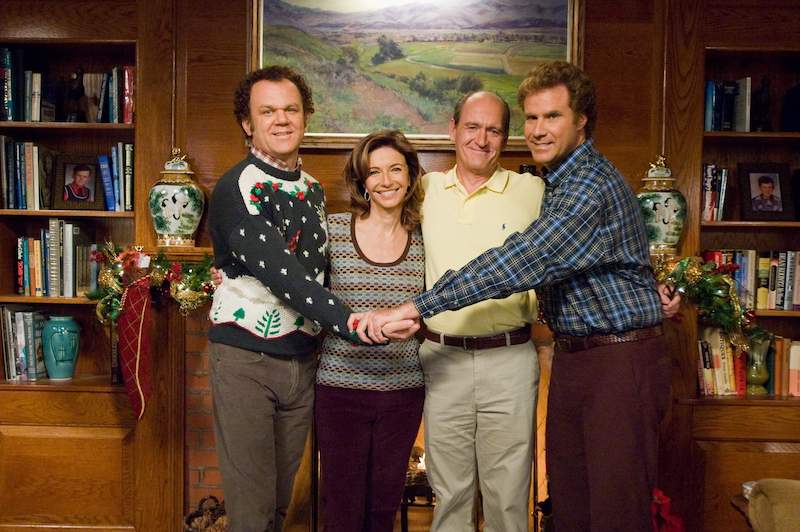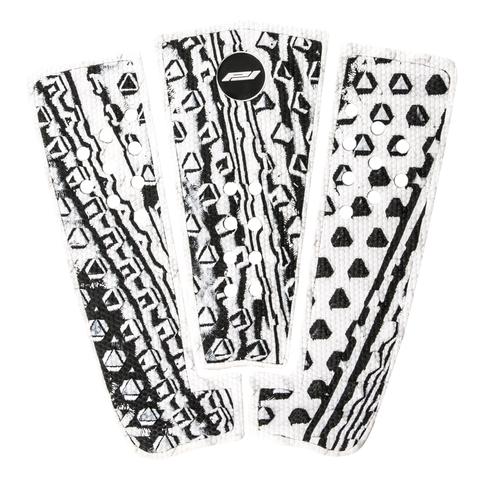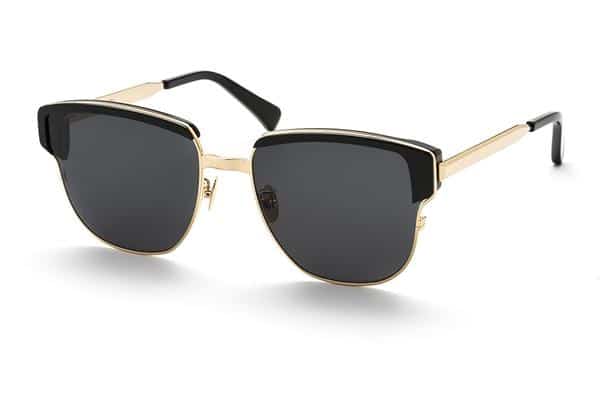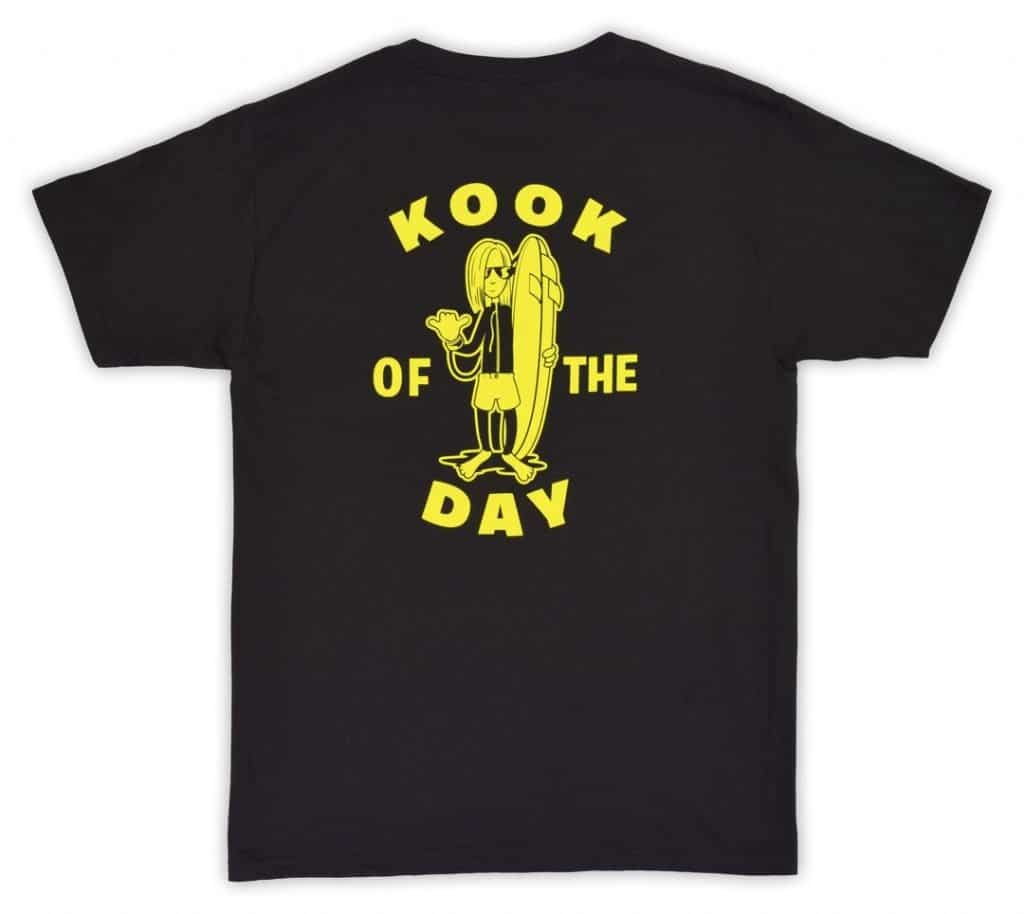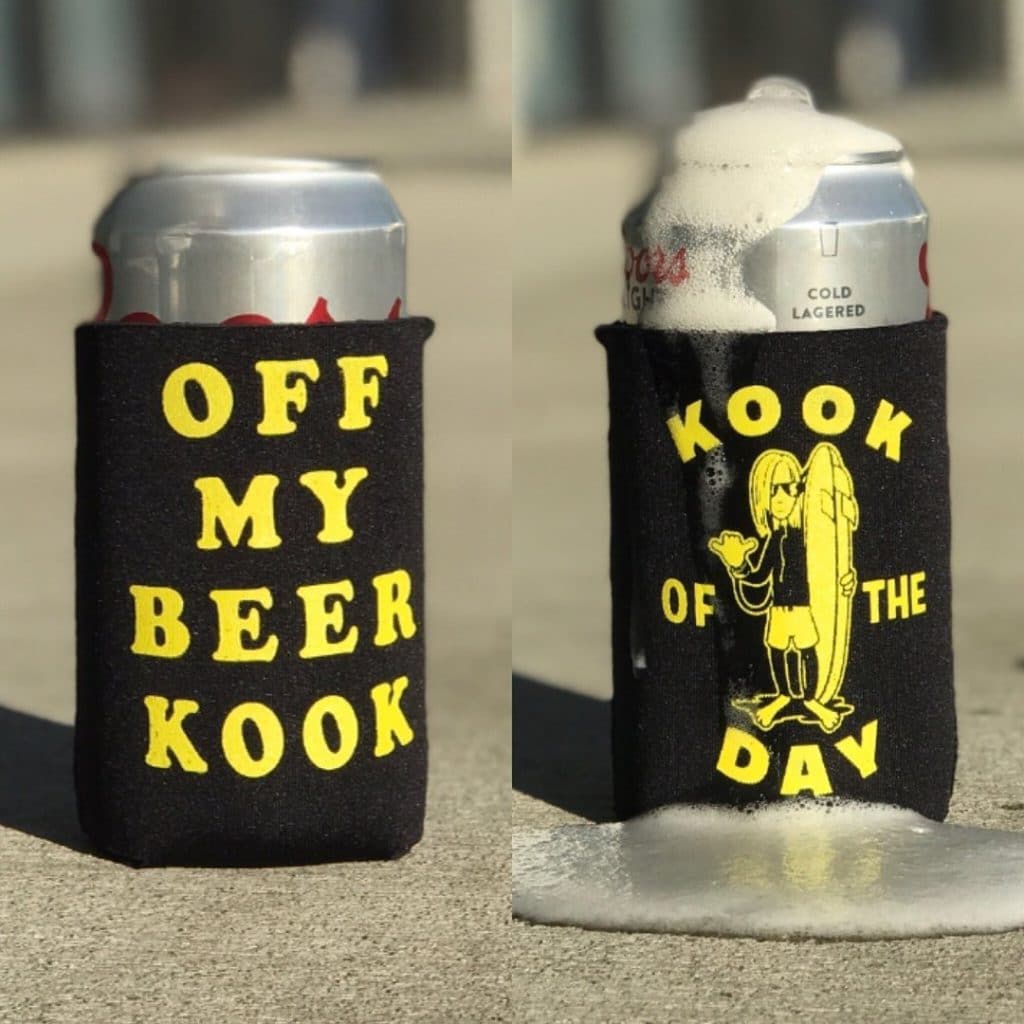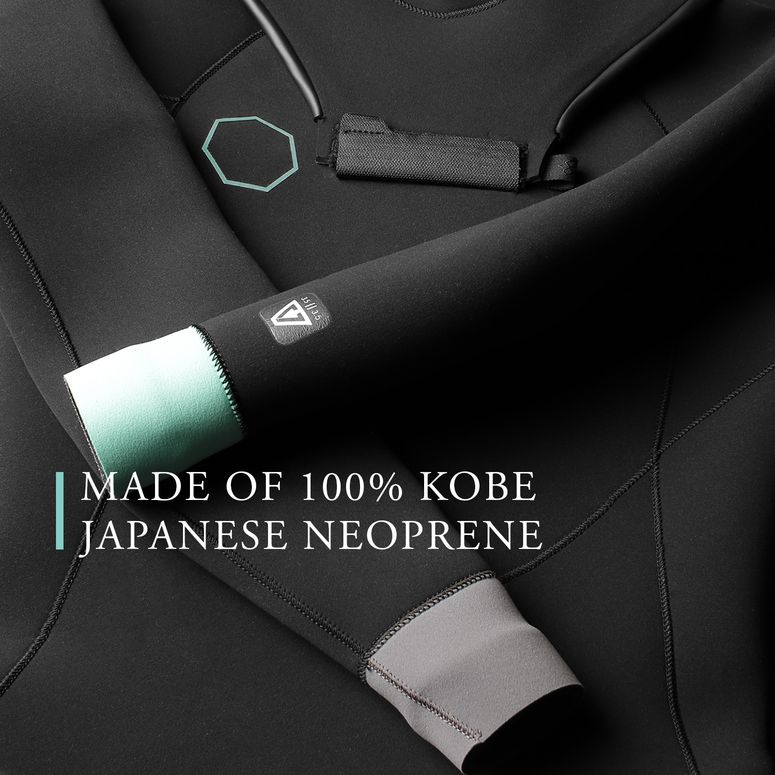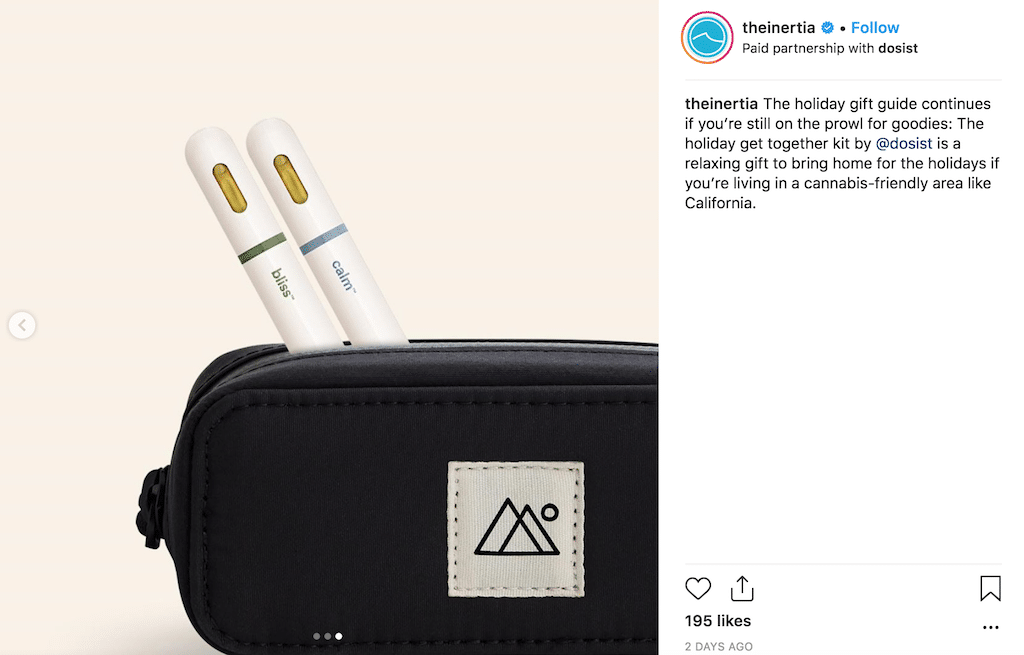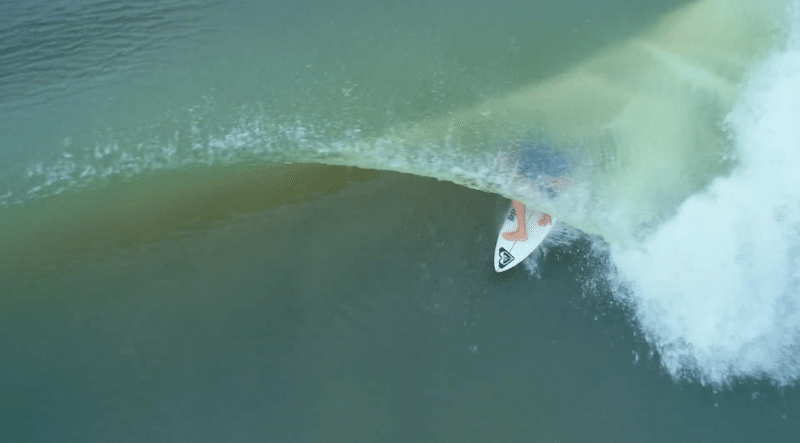Did you know the WSL didn't invent pro surfing? Meet the gun-slinger who did!
The taxi van pulls into the semicircle driveway of the Outrigger Canoe Club at the Diamond Head end of Waikiki. As befits an icon of Hawaiian surfing (established 1908) and of Hawaii Modern architecture (this version of the clubhouse built in 1963), the low-rise Vladimir Ossipoff structure is engulfed by native palms and plumeria. A rectangle of blue Pacific is visible through a restaurant lanai built on top of the sand. From an unseen beach volleyball court, grunts and slaps fill the scented air.
A dedication plaque at the entrance reads: “Let this be a place where man can commune with the sun and sand and sea, where good fellowship and aloha prevail and where the sports of old Hawai’i shall always have a home.”
“Ah, member’s only, member’s only!” says the panicked Vietnamese driver, and I ain’t kidding here, Mr Johnny Diep.
It’s true, the club is exclusive.
Join when you’re forty and you’ll pay $13,000. Today I carry a golden ticket, an invitation from the former senator Fred Hemmings, father of the Pipe Masters, the Triple Crown and the first world pro circuit, and a member of the Outrigger Canoe Club since this clubhouse was built.
Fred is waiting in the lobby, exactly at the appointed time of one-thirty. He’s reading How to Party with an Infant, the new book by his step-daughter Kaui Hart Hemmings, whose career was made when George Clooney turned her first book, The Descendants, into an Academy Award-winning movie. (It won five, including Best Picture.)
Fred’s famous barrel chest and Popeye forearms inflate a a powder blue 1982 Honolulu Marathon Finisher polo shirt, his seventy-two-year-old ass is checked by flowered shorts, the beach boy tableau completed by slippers on his bare feet.
On his left wrist is a vintage Rolex Date-Time, in gold, “the most famous watch in Hawaii”, says Fred, and which we’ll reference later.
Soon, Fred’s pawing at a Reuben sandwich, extra mustard, while I eat the house Ahi and extinguish the summer heat with a Gin Ricky.
We begin with political small-talk, Fred would’ve preferred Marco Rubio over Trump and says at least Hillary isn’t an avowed socialist like Sanders, until he shakes his head and says, “We shouldn’t talk politics. America’s in the biggest mess it’s ever been.”
I couldn’t agree more. Let’s surf.
DR: This is interesting. You’re one of the pivotal figures in surfing. And, yet, there’s hardly a line written about you, at least in surfing magazines.
Fred Hemmings: Have you ever thought… why?
DR: That’s what I was going to ask you. I would suggest, because your political lean tends to the right…
Fred Hemmings: Part of it. A lot of it goes back to certain individuals, especially journalists. Surfing became a Janus sport, that is a sport with two faces. There was a cultural revolution in the sixties and surfing, mostly through the magazines, took up an image of being anti-establishment. And it was very hip to indulge in the recreational drugs and have your finger in the air against he establishment and I was, pretty much, a conservative. My hair was short, I didn’t take drugs. I wrote an article criticising the drug culture and what it was doing to some surfers I knew which, among others, killed them. So I didn’t fit the profile of the surfing in-crowd, as made by a lot of non-surfers who were journalists. As a result I was never a darling of the surfing world.
(But) I stand by my record… I’ll stack my competitive record and my performances in surfing against anyone. Anyone. You take all the big names. I competed against all the big names. And I beat ‘em. I beat ‘em in Puerto Rico. And I beat ‘em in Makaha. And I beat ‘em in Peru and I beat ‘em in most events I competed in. I rode waves in three-to-four feet in Makaha and won and up to twenty-five feet at Waimea. But because I was not part of the… culture… that was being promoted by people in the industry and I wasn’t part of the anti-establishment culture I was never a darling of surfing. And your magazine (The Surfer’s Journal, which this story was originally written for) is a good example. How long’s the Journal been around for?
DR: Almost twenty-five years, since 1992…
Fred Hemmings: And this is the first time I’ve done an interview with it…
DR: I figured the Journal would’ve had an extensive archive of interviews with you. But when I looked…
Fred Hemmings: Never.
DR: It surprises me.
Fred Hemmings: It doesn’t to me.
DR: When I told the magazine’s editor I was going to be in Honolulu and how about you sling me some work, he told me to find you.
Fred Hemmings: Well, God bless Scott (Hulet), ‘cause he’s a breath of fresh air for me. In a recent issue they did an article by Nat Young on the world championship and for the first time ever, in a surfing magazine, I was treated fairly. It showed a picture of me riding an eight-to-ten foot wave and Nat was on a three-foot wave…
DR: That’s 1968, Puerto Rico, World Championships.
Fred Hemmings: Yeah, and therein lies the difference. The rules were, catch the biggest wave, ride it the greatest distance in the most critical part of the wave. I caught he biggest waves and rode ‘em the greatest distance in the most critical part of the wave. And three eight-foot waves are going to beat ten four-foot waves every time.
DR: What was the response like when you stomped those studs: Nat, Midget, Reno etc?
Fred Hemmings: It was like some kind of sacrilege. Here’s this throwback dinosaur Fred Hemmings beating all of our hot shots. It’s a great irony. Surfing was a rebellious sport but I was like the ultimate rebel. The surfing establishment was giving the finger, like FU, to the establishment, the world, we’re different, we’re a culture of our own, we’re anti-establishment, and I was the ultimate rebel giving the finger to the surf culture.
DR: And there’s the irony of supposed freethinkers rarely deviating from their opinion. And if you do differ from the script, you’re ostracised…
Fred Hemmings: I was! And that’s the hypocrisy of modern-day liberalism. You go to a college campus in America today and it’s supposed to be a bastion of free thinking but if you differ from politically correct thinking you’re ostracised. And they’re even trying to take away your freedom of speech. One of my heroines in recent American politics is a woman named Condoleezza Rice. Secretary of State. Brilliant, went to Stanford, Rhodes scholar, one of the smartest people you’d ever want to meet. And they kicked her off a college campus ‘cause she wasn’t politically correct. So here’s a bastion of academic freedom and they won’t let conservatives talk. And I was in the same boat in surfing. I didn’t fit the mold. But that’s just my perspective. The proof is in the performance. I’m still standing.
DR: Where does your conservative bent come from? Your parents?
Fred Hemmings: It’s a wonderful question. I’ve ruminated on this so much through the years that I almost think part of it is genetic. I think there’s a proclivity in people’s very essence to be conservative or liberal. I don’t think it came from my environment which is my upbringing, as it came from who I am. We seed from our ancestors and our individual parents and through the magic of genetic coding, genes come together to make you who you are. I guess mine is inherently conservative. Like, I have a hard time as a conservative understanding people who make decisions with disregard to facts and based on feelings. Rather than facts! And I think that’s one of the finer differences in a lot of people. A lot of people do their life based on feelings and others do their lives based on facts and, of course, there’s extremes in everything. And that’s not to say that feelings aren’t essential to a good healthy life. But if you make a life-or-death decision it better have a lot of facts in it.
DR: Surfing and politics…
Fred Hemmings: Surfing should have nothing to do with politics. That’s a whole different realm. Surfing should have to do with riding waves and enjoing the… sport. And there was big argument made when I advocated professional surfing. I wrote an article in Surfer magazine called Surfing Needs Professionalism. I listed why professionalism would bring surfing more stature, that it would motivate people to be on the cutting-edge of expanding horizons and it’ll help surfing establish a reputation as a legitimate sport and bring us respect in the hallways of decision makers and so they’ll think twice about throwing us out of surfing boat harbours and shit like that. And the magazine printed a response from one person who said, “Fred Hemmings is Fornicating with Mother Sea.” And I said, wait a minute. this is about freedom. If I want to compete in a contest, that’s my line of freedom. If you don’t like it, guess what asshole, don’t compete. If you don’t like it, don’t play. These self-righteous people, all they can do is criticise. Rather than saying, ok, these guys want to compete, tell Kelly Slater you don’t like competition. Tell Carissa Moore. Tell these other guys that are making four or five million dollars a year.
And one of the magazine editors in particular was chastising… me… because of the money element. Making money! So it wasn’t alright for me to advocate surfers making money off surfing but it was alright for the publisher and owner of a surfing magazine to make money off surfing by selling a magazine. It wasn’t ok for the surfers to make money. That’s prostitution! Give me a break.
DR: Can you describe what happened in 1982 when the ASP took over the circuit from you?
Fred Hemmings: Ian Cairns, basically, a power play. I made a lot of money, I wouldn’t say a lot of money, but I made money off owning and operating contests and I devised a business that paid me to put on events and I owned ‘em so I had television rights and limited merchandising rights. And seeing the sport needed a world circuit Randy Rarick and I organised a world circuit about the same time that Ian Cairns and Peter Townend were talking about doing the same thing. But they never got it off the ground. We did. I never made a cent off IPS, it was a big money losing deal. In other words, the world circuit was a money loser but it was a loss leader. It laid the foundation for the growth of the sport and the growth of my events. The great irony, yeah another one, is the coup to throw me out of IPS and have ASP (Fred pronounces it like the snake, asp…) takeover was conducted by the guy I awarded the trophy to for the first world championship.
DR: PT!
Fred Hemmings: Peter Townend! So that was the great irony. I made the guy the world champion. The point system was pretty much Randy’s concept. Peter and Ian wanted a different system. If we’d used their system, Peter wouldn’t have won.
DR: Who would’ve won?
Fred Hemmings: I think, Ian.
(Oh, we both laugh here! Forks clatter, some mustard flies through the air, I knock over my Gin Rickey, which is quickly replaced.)
DR: Did that make things tough between you and Ian?
Fred Hemmings: I have a lot of respect for Ian Cairns. Everybody cowered in the face of the Black Shorts but Ian. When a certain character on the North Shore got indicted for a gun violation, they had a bail hearing and I went and testified against him… and I got a lot of threats. And Ian Cairns testified against him too. So I got nothing but respect and praise for Ian Cairns. Ian’s a hero. A good man.
DR: Describe the threats.
Fred Hemmings: Innuendo. People who are real thugs are smart enough not to make direct threats to you. They’ll come up to you and say, “Aren’t you scared that if you come out to the North Shore, your car will get burned?”
DR: Did those threats concern you?
Fred Hemmings: They sure did. That’s why I always protected myself.
DR: How, with a bodyguard?
Fred Hemmings: No, I got a license to carry a gun…
DR: It’s interesting, today, Kieren Perrow will paddle out when it’s big, at the Box, say, to show the pro’s a wave can be surfed. You were the originator of that dazzling technique. Can you recount the story at the Smirnoff in 1974 when five of the 18 competitors didn’t want to surf and you used a little muscle to get ‘em in the water?
Fred Hemmings: It was a psychological ploy on my part to challenge these guys’ bravado. Here’s a guy that’s retired, more or less, and no longer actively competing, and if he’s going to paddle out and catch a wave and we’re the young studs and young guns and we’re not going to do it, and it becomes kind of a psychological… gauntlet… I threw in front of ‘em. And they all did it. One of my most prized possessions is a signed autographed picture on my wall from Mark Richards. And Mark Richards is the prince of Newcastle. He was a wonderful young man. But he thanked me. For forcing him to go out there. He didn’t win but he went out and he found out that he could. And that’s a huge victory. A lot of guys found that out that day. And by the grace of god, no one died. I would’ve felt bad about that! (Fred roars with laughter.)
DR: As someone who grew up on the ocean, seventy years on the beachfront, do you have an opinion on the issue of global warming and rising sea levels? Do you see it? Do you believe it?
Fred Hemmings: The last guy to voice a real strong opinion on global warming was Al Gore who said by the turn of the century, I forget what date he said, the ocean would rise thirty feet. And it hasn’t raised thirty percent of a centimetre, not even an inch. I’m very much a conservationist but I’m not for using environmentalism to be anti-capitalism or anti-anything else. I think all of us have to take a very deep breath and make decisions based on conservation and preserving our environment, which I’m very much for, but based on fact not on feelings, which we talked about earlier. (Adopts sing-song voice) “Oh, global warming, I have this feeling, it’s terrible, the world is going end!”
I don’t know (whether global warming is real or not). I do know it’s in all our best interests to get off carbon, our carbon addiction, and I do know it’s in our best interests to do a better job of moderating pollution. With a lot of extremists it’s all about feelings… The ocean hasn’t risen here that I’ve noticed. If it went up a foot in the last ten years that would be big news. But it hasn’t. What has happened, here in Hawaii, and it will happen some day, is there will be no Hawaiian islands. It’s called erosion. These islands start out underwater, and it takes hundreds of millions of years, they come above the water, they live a life, they get bigger then erosion starts taking ‘em down. It has nothing to do with global warming. It’s erosion and the birth and death of the Hawaiian islands. It’s been going on for several hundred million years.
DR: Ageing, getting old, how does that fit as a surfer?
Fred Hemmings: I… I… I’m having a real hard time. I’m paying the price for my previous lives: Runner. Football player. Surfer. I helped take Rabbit (Kekai)’s ashes out. In 1968, I was there when Duke’s ashes went out. I’ve taken a number of great watermen and waterwomen’s ashes out to say goodbye to ‘em, including Rell (Sunn)’s. I can’t have mine. I have to get… melted… down. It’s a joke! Because of my abuse, I have two titanium knees, a titanium hip and because of an accident that almost killed me I have a titanium shoulder joint…
(The previous October Fred was cutting a tree down, it kicked back and crushed his ribs, punctured his lung, crushed the shoulder and almost killed him with internal bleeding. Fred was over-medicated and his heart stopped. “It was a kinda traumatic experience,” says Fred.)
All in all, I’m not ageing gracefully. It’s a painful experience. I’ve got some ailments, but I don’t wanna complain about it, There’s nothing worse than an old guy complaining about it. I find that there’s two things surfers talk about: waves they may or may not have ridden fifty years before, or they talk about how much they ache.
DR: Do you take comfort in the great ages reached by Rabbit Kekai (95) and Doc Paskowitz (93)?
Fred Hemmings: Who? Me? I do know that quality of life has a lot to do with it. If I’m not capable of getting up and enjoying life, what’s the point? It’s an interesting question old people face. Remember when we talked about genetics? I believe there’s certain codes in all living things and the most basic and strongest code is the will to live. We fight to live even if it doesn’t make sense. And it’s necessary. It really is an innate genetically coded desire to live even if you’re living a miserable life. I better keep doing this, even if it kills me!
DR: Tell me about that mid-sixties Rolex you’re flashing. Was it a celebratory buy?
Fred Hemmings: Do you know anything about this?
DR: No.
Fred Hemmings: How come you ask?
DR: I got a ’62 Air King. I like ‘em.
Fred Hemmings: This is the most valuable watch in Hawaii. And probably one of the most valuable watches in the world.
DR: Did the Duke wear it?
Fred Hemmings: Read the back of it.
(Fred takes the watch off and hands it to me. It reads:
Fred
The Champ
From
Duke)
Ain’t it amazing? We were on a trip to Houston Texas in 1966 to promote Duke attire surfwear in a department store and we were flying Pan American airways to the west coast and Kimo McVay, the great manager of Duke Enterprises in the last years of Duke’s life, handed Duke a box and said, ‘Hand it to him now’ and Duke handed me this watch. It’s my only heirloom. It’s he only thing I’ve kept.
DR: Anything you want to put on the record considering you’ll probably be close to one hundred before anyone wants to interview you again?
Fred Hemmings: I want to tell the people that read Surfer’s Journal, first of all I’m honoured, to sit here and talk to you and hopefully be included in an article. But don’t take ownership of surfing, take responsibility for it. In other words, represent the sport with dignity and honour and try to be a surfer that makes surfing a better sport, yeah, but also for the community. That way, everybody wins.




